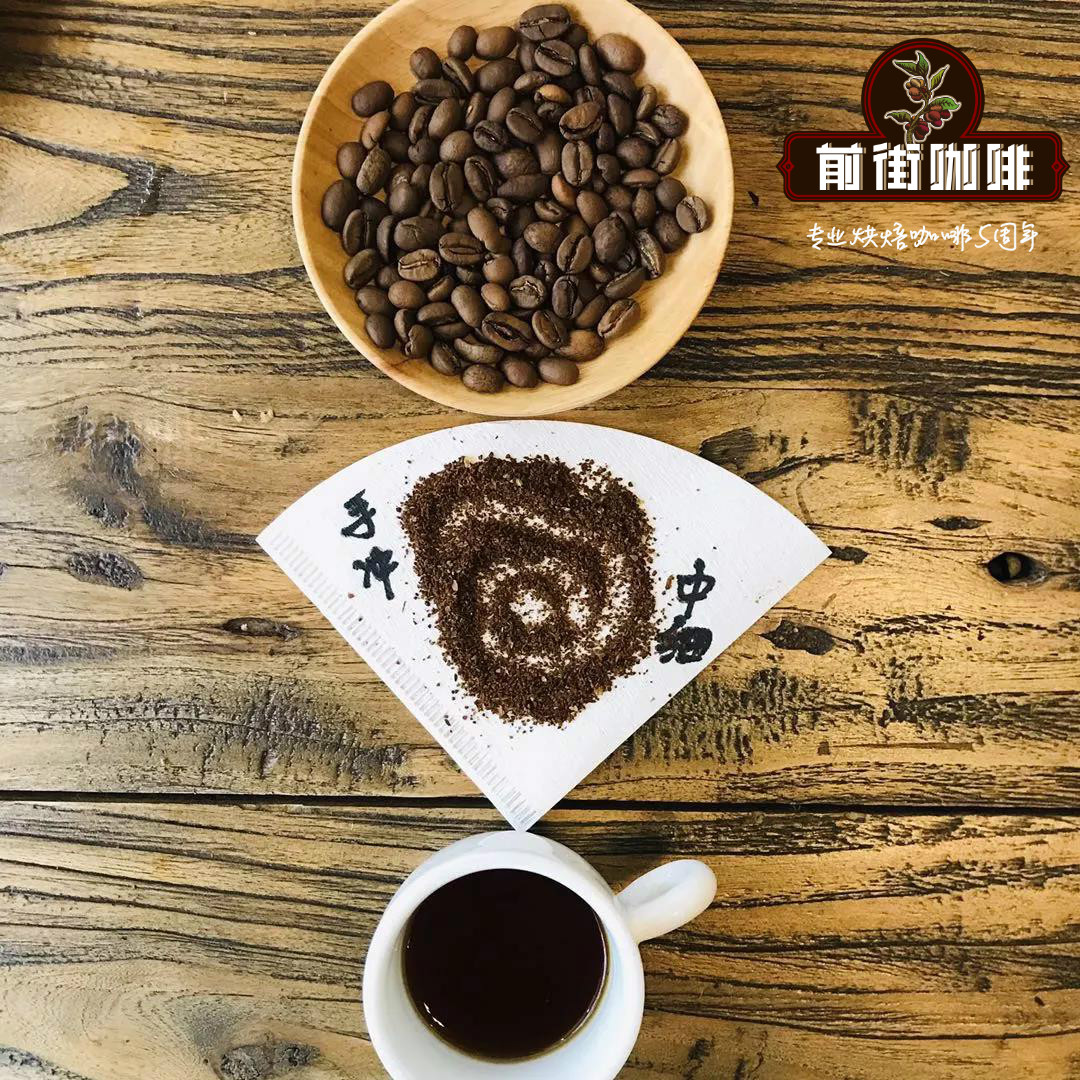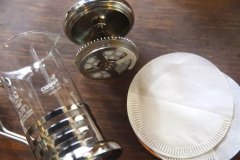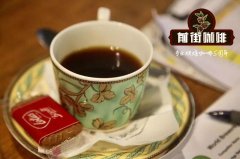Advantages and disadvantages of sun treatment method, water washing method and semi-washing method

Professional coffee knowledge exchange more coffee bean information please follow the coffee workshop (Wechat official account cafe_style)
Washing removes the sticky pulp from the coffee beans before drying, which ensures that it does not over-ferment or produce more mold when it is dried, and the cost of washing is higher than that of tanning.
In the first step, when the coffee is picked and poured into the sink, the ripe fruit will sink and the immature fruit will float on the surface of the water. The second step is to remove the peel from the coffee pulp with a fruit removal machine, and then put the coffee beans into the sink and ferment in water to remove pectin and pulp. In the third step, after the fermentation is completed, the shelled coffee beans are washed with clean water to remove surface residues. The fourth step is to put the shelled coffee in the open air, then put it in a bucket to make the coffee more stable, and finally remove the shell coffee skin and put it into a sack. During the cup test, we will find that the acidity of washed coffee beans is more obvious with the acidity of fruit, because the content of citric acid and malic acid in water washing treatment is higher, while the content of organic acid in sun treatment is lower. I personally think the acid is more lively and cleaner, but it is not as sweet and complex as honey treatment.
As the name implies, the sun drying method is to reduce the water content of coffee by drying more. Tanning is the oldest of all coffee treatments, and the idea of tanning has been passed down since coffee entered mass production. Today, a considerable part of the world's coffee production is still treated by solarization.
Sun exposure is also a very "cheap", very "simple", and relatively "inferior" treatment. Remember when we talked about water washing that it is generally considered to be a better treatment than the sun treatment? Solarization doesn't need too many machines, let alone water. The vast majority of commercial-grade coffee beans in the world market are sun-dried beans, often with serious flavor defects, such as soil, onion and fermented flavor. The purchase price of sun-dried beans is often very low, so coffee farmers have no incentive to improve their sun exposure, and coffee farmers in some areas even put their coffee fruits directly on the soil to dry. Therefore, generally speaking, the quality of sun-cured coffee beans is low, the flavor is poor, and there are many broken grains. But as a major contributor to the coffee industry, it is more important than any other treatment.
The main results are as follows: 1. The wet planing method is different from the general pre-processing method, in which the seed shell (parchment) of water washing, honey treatment and sun drying is retained until the bean body is dehydrated and hardened, and the moisture content is reduced to 12%, or sealed and stored for 1-3 months after ripening, before grinding off the seed shell. However, in the wet planing method, when the bean body is still wet and soft, and the moisture content is as high as 30%-50%, the seed shell is first shaved off, and then continue to dry, so that the moisture content of coffee beans can be dried to 12% Mui 13% in only two to four days. 2. Semi-washing: it is actually a mixture of tanning and washing, and it is also a compromise between the two. In the process of semi-washing, first of all, it is the same as the two methods of sun washing, first remove the inferior beans, first pour the coffee beans into a large tank, and the underdeveloped inferior beans will float on the surface and pick up the ripe and full fruits that sink to the bottom of the water. Then pour the coffee fruit into the pulp planer to remove the peel and pulp. In order to reduce and reduce water consumption, the semi-washing method does not remove pectin by fermentation in a sink like washing, but uses a pectin scraper to remove pectin, and finally dries the coffee fruit or takes it to outdoor exposure. Wait until the water content of the coffee fruit is reduced to 10% Murray 14%, and then use the sheller to remove the silver skin sticking to the coffee beans, and the semi-washing method will be completed!
.
END
For more professional coffee exchanges, please scan the code and follow Wechat: qiannjie

Please indicate the source of the reprint.
Important Notice :
前街咖啡 FrontStreet Coffee has moved to new addredd:
FrontStreet Coffee Address: 315,Donghua East Road,GuangZhou
Tel:020 38364473
- Prev

What's the difference between the French kettle and the Philharmonic press? Which is better, French kettle or Philharmonic?
They are also convenient and fast coffee brewing utensils, with a French kettle and Philharmonic pressure in their names. What's the difference between the two? Today, the editor is going to make a comparison. What is the difference between these two kinds of instruments? Let's first get to know what the French kettle and the Philharmonic pressure are. The French kettle FrenchPress originated in France around 1850.
- Next

Pectin retention more dense processing method sweeter yellow honey red honey black honey white honey what is the difference?
Professional coffee knowledge exchange More coffee bean information Please pay attention to coffee workshop (Weixin Official Accounts cafe_style) honey treatment method, called HoneyProcess or Miel Process, called Honey Coffee, Costa Rica (Costa Rica), Panama (Panama) and Guatemala (Guatemala) and other coffee gardens have adopted this method. so-called honey treatment
Related
- What is the meaning of lactic acid fermentation with coffee bean treatment?
- How to judge the state of foam by sound?
- How does the latte pull out the unicorn pattern? Come to get for a little trick to improve the flower pull!
- Will flower pulling affect the taste of the latte?
- Do you know the history of coffee?
- The difference between honey treatment and sun washing what is raisin honey treatment?
- What kind of milk can a novice use to make coffee foam to keep the foam longer? The correct method and skills of milking tutorial sharing
- Why do washed coffee beans taste sour? Flavor characteristics of washed Coffee
- Introduction to the skill of how to practice the size and height of water injection around the circle of hand-brewed coffee
- How do beginners practice coffee flower drawing from scratch?

